September 24, 2025
Samsung is preparing to enter the premium XR (extended reality) market with its new device, Project Moohan, developed in partnership with Google. This upcoming headset is being positioned as Samsung’s most advanced mixed-reality hardware to date, aiming to compete directly with devices like Apple’s Vision Pro.
What We Know So Far
- Launch Timeline: Project Moohan is expected to be officially unveiled in late October, with retail availability shortly after. The device will likely launch first in South Korea before expanding globally.
- Limited First Run: Samsung is reportedly producing an initial batch of around 100,000 units, suggesting a cautious rollout to test consumer demand.
Key Features & Specifications
- Display: Dual micro-OLED panels with extremely high pixel density, around 3,800 pixels per inch, delivering ultra-sharp visuals.
- Performance: Powered by Qualcomm’s Snapdragon XR2+ Gen 2 processor, paired with 16 GB of RAM, ensuring smooth handling of demanding XR applications.
- Software: Runs on the Android XR platform, with deep Google integration and AI-driven features for enhanced usability.
Price & Market Position
- Expected Cost: Early reports suggest a price range between $1,800 and $2,900, putting it firmly in the premium category but potentially more affordable than some competitors.
- Target Audience: Aimed at early adopters, tech enthusiasts, and creators who want cutting-edge XR technology, rather than the mainstream market.
Challenges Ahead
- Comfort & Battery: High-resolution displays and performance demands mean Samsung will need to focus heavily on ergonomics, battery life, and heat management.
- Ecosystem: Beyond powerful hardware, the device’s success will depend on software support and compelling XR content that makes the investment worthwhile.
- Competition: With the Vision Pro setting high standards, Project Moohan must prove it offers unique value to stand out.
Bottom Line
Project Moohan signals Samsung’s bold move into the XR landscape, blending high-end specifications, next-generation displays, and Google’s software ecosystem. While the price will limit its audience to early adopters, the device could play a pivotal role in shaping the future of immersive technology. If successful, it may open the door for more accessible versions down the line.

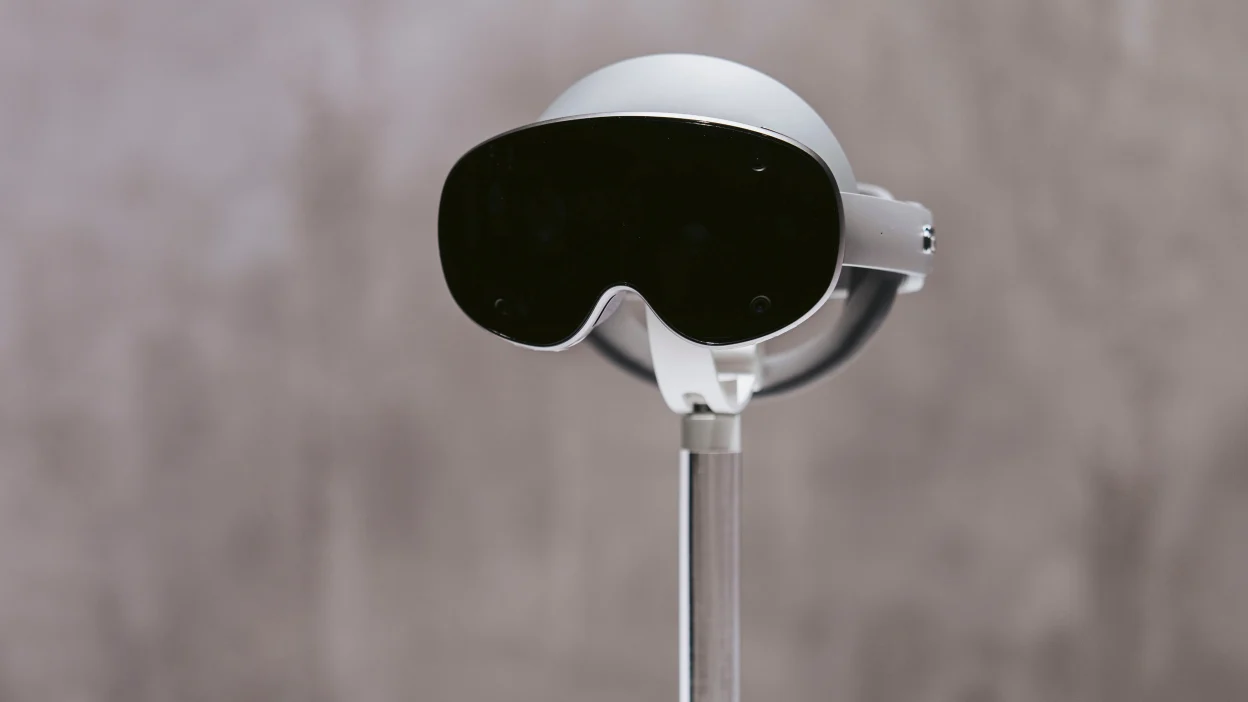
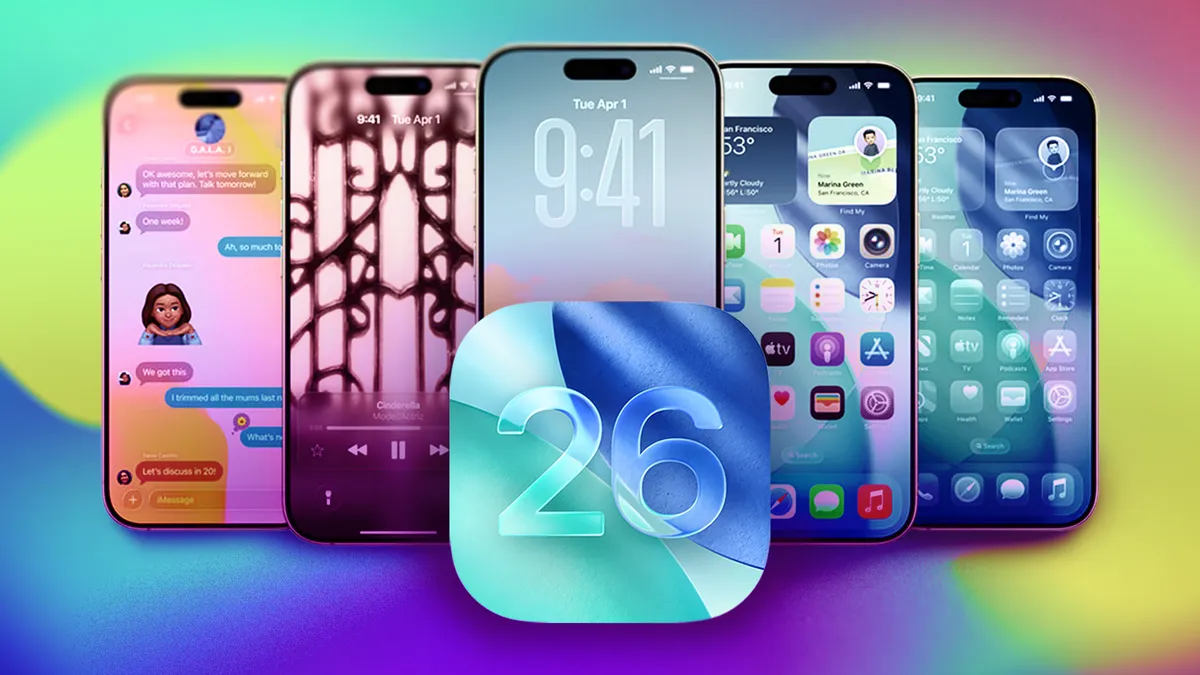

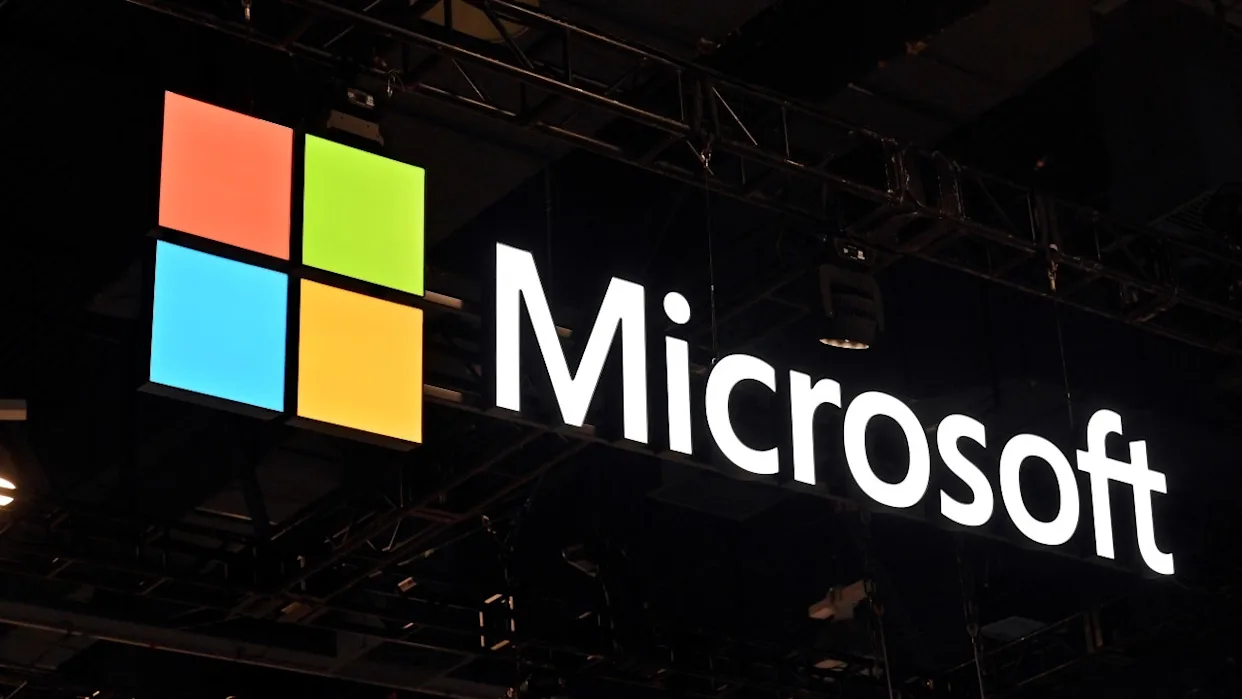



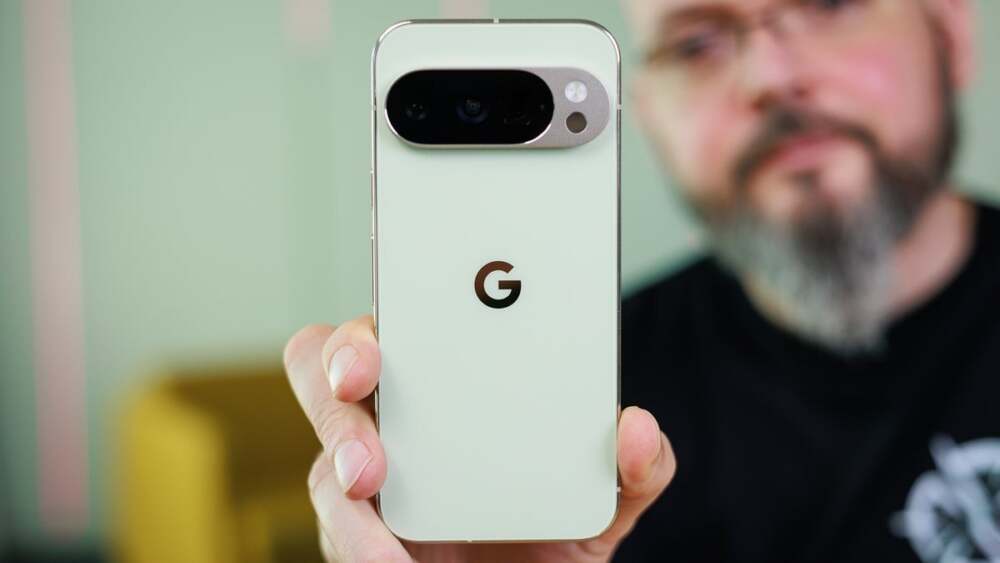

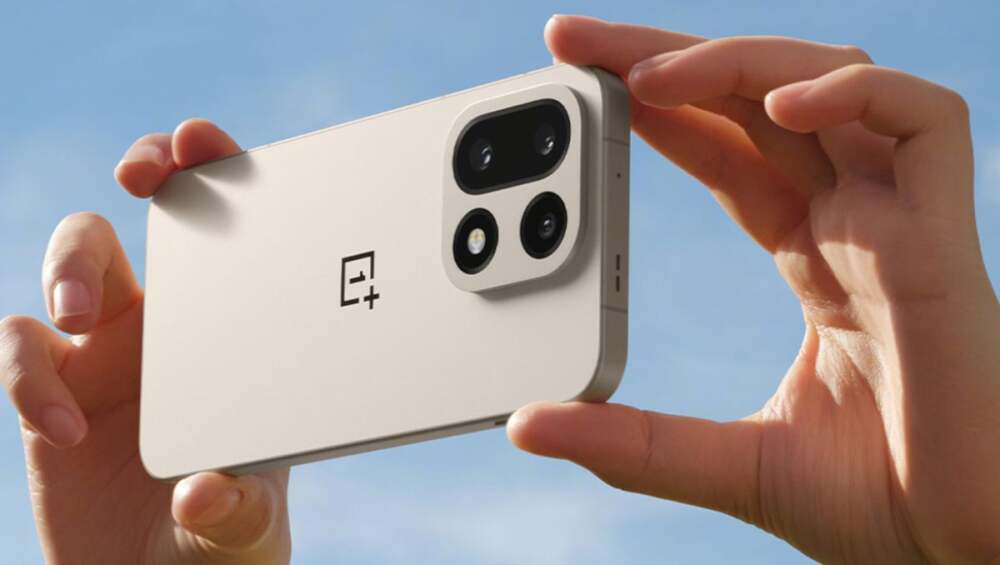
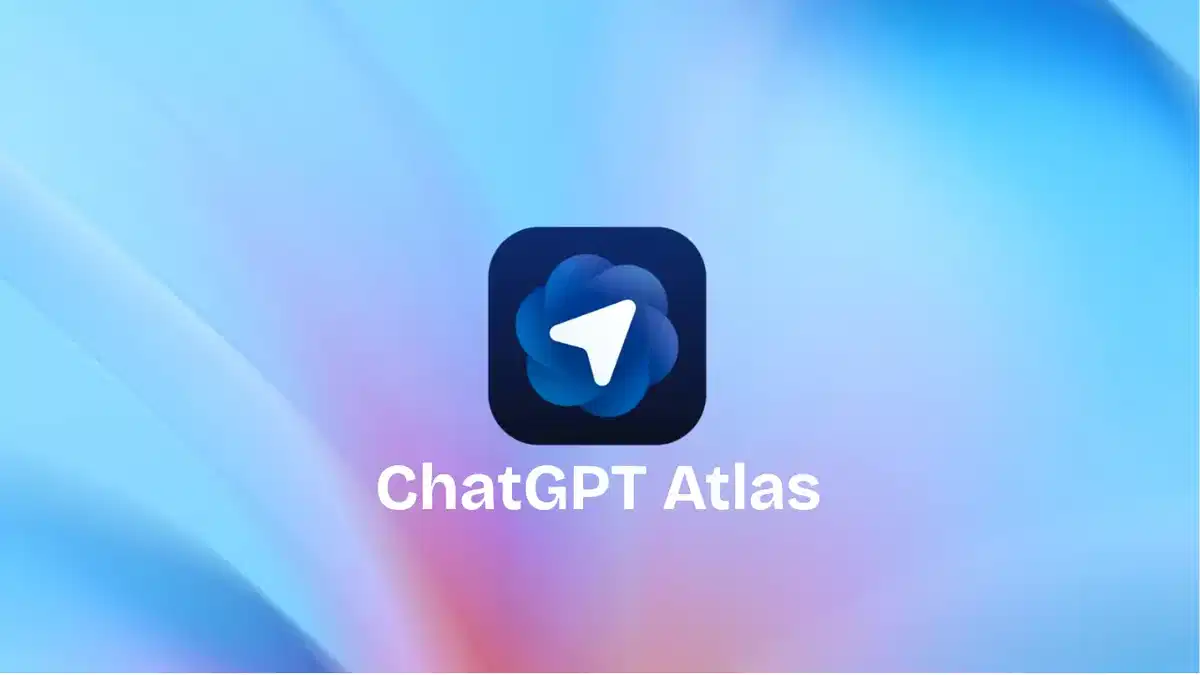




Leave a Reply